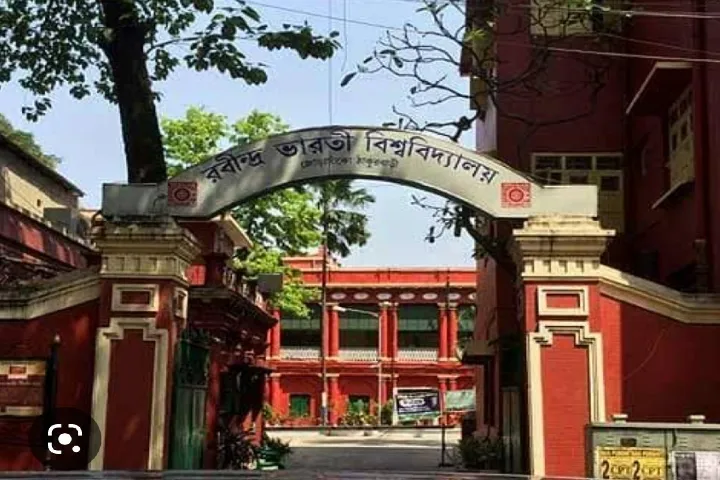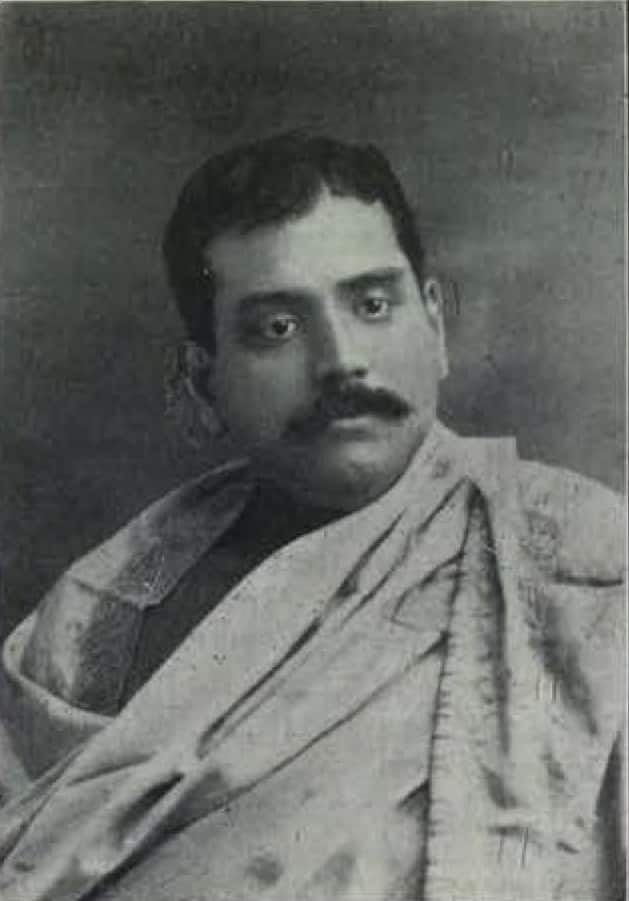

Rabindra Bharati Museum which is housed in Gurudev Rabindranath Tagore's ancestral home Jorasanko Thakurbari (Pic. Courtesy Twitter/@Ilovehyderabad)
A chance discovery at the famous Rabindra Bharati Museum housed in Jorasanko Thakurbari in Kolkata — the ancestral home of Gurudev Rabindranath Tagore — which came into being in 1962, has led to a treasure trove of many unpublished works of Abanindranath Tagore. He along with Gaganendranath were the well-known artist nephews of Gurudev Tagore and was the principal artist and creator of the Indian Society of Oriental Art. His books, “Buro Angla”, “Khirer Putul” and “Nalak” are considered landmarks in Bangla language children’s literature.
Born in 1871, he is credited as being the founder of Bengal school of art which resulted in modern Indian painting and the first major exponent of Swadeshi values in Indian art.


Among the discovered works are a small black notebook which has poetry written in it that has never been heard of before, Persian-style calligraphy and paintings that have not been displayed in public earlier. The museum staff is arranging to publish these works early next year.
The notebook has more than 30 poems, written by hand in 1886 and these are being studied by experts for more details. Dr. Baisakhi Mitra, the Museum’s curator talking to Indian Express, described it as a true discovery and said that it pushes back the timeline of Tagore’s earliest works by seven years. Interestingly, one of the verses talks about the poet’s love and reverence for India whom he treats like his mother. This sentiment is reflected in his well-known paintings of the Bharat Mata series, made in 1905 when he was 34.
Two other manuscripts found include the Agni Upasak and the Ragaragini. The former has a translated poem and six unpublished paintings which are dated 1888 thereby making them the artist’s earliest-known works. This manuscript has 120 pages and interestingly also has the poet’s impression of Thomas Moore’s poem “Translation of Fire Worshippers”. The latter includes papers that have ragas penned in Bangla in Persian-style calligraphy.
All these materials came into the possession of the Museum in the 1960s when the poet’s son, Alokendranath Tagore donated them.
Also read: Bangladesh pays tributes to Rabindranath Tagore on his death anniversary with songs and poems
As India continues to get World support against the Pahalgam Terror attack that killed 26…
Union Minister of Industry and Supply Piyush Goyal on Saturday highlighted the success of a…
In a display of outrage following the Pahalgam terror attack, thousands from the Indian community…
In a continued crackdown following the Pahalgam terror attack, security forces and Jammu and Kashmir…
In a massive statewide crackdown, over 550 illegal immigrants from Bangladesh were detained in Ahmedabad…
The Deputy Chief of the Main Operations Directorate of the General Staff of the Russian…